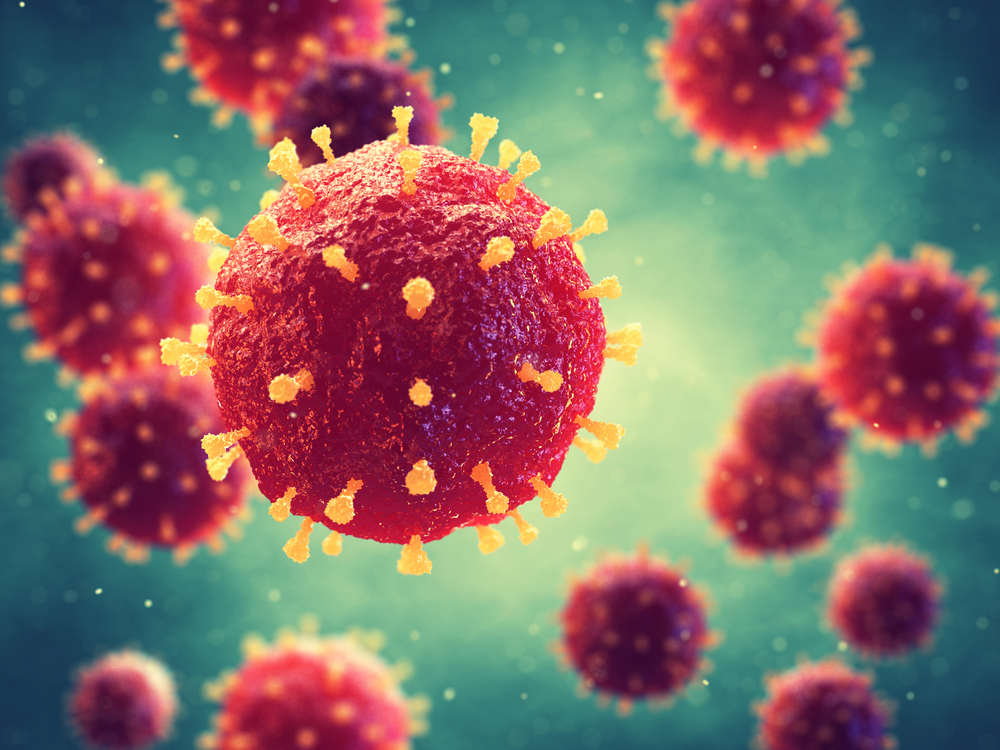Ratio Between 2 Types of Immune Cells Can Predict Risk of Relapse in ANCA Vasculitis Patients, Study Finds
Written by |

The ratio of neutrophils to lymphocytes — two types of immune cells — can be used to predict disease activity at diagnosis and risk of relapse in patients with ANCA-associated vasculitis, a new study shows.
The study, “Neutrophil to lymphocyte ratio at diagnosis can estimate vasculitis activity and poor prognosis in patients with ANCA-associated vasculitis: a retrospective study,” was published in the journal BMC Nephrology.
Recently, studies have shown that the neutrophil-to-lymphocyte ratio (NLR) can be used to predict prognosis in several cancers and inflammatory diseases.
ANCA-associated vasculitis (AAV) is a group of autoimmune disorders characterized by inflammation of small blood vessels. There are several lines of evidence that suggest that NLR could be used as a prognostic marker in AAV.
It is known that levels of neutrophils are directly proportional to levels of inflammation. Also, activated neutrophils are very closely associated with the development of AAV. At the same time, levels of lymphocytes are known to decrease in autoimmune inflammatory diseases.
However, only a few studies have investigated the clinical role of NLR in patients with AAV. And no studies have investigated an association between NLR and vasculitis activity or poor prognosis.
So, researchers in South Korea set out to investigate whether NLR at diagnosis can predict disease activity at diagnosis and poor prognosis at follow-up.
Researchers retrospectively reviewed the medical records — including clinical and laboratory data — of 160 patients with AAV.
Patients were categorized into three groups according to their NLR and disease activity, the latter of which was determined by the Birmingham vasculitis activity score [BVAS]. NLR greater than 5.9 and BVAS greater than 15 was associated with severe AAV. The higher the BVAS score, the greater the disease activity.
As expected, disease activity also was positively correlated with with erythrocyte sedimentation rate and C-reactive protein levels; both are established measures of inflammation.
Researchers showed that patients with high NLR (5.9 or higher) exhibited severe AAV more frequently than patients with a low NLR (lower than 5.9) at diagnosis. In fact, patients with high NLR had two-fold higher risk of having severe AAV.
These patients also were more likely to have a relapse after treatment compared to those with low NLR. But survival rates were similar in both groups of patients.
Interestingly, lymphocyte count also exhibited a significant correlation and association with disease activity, along with ESR and CRP, which suggests that lymphocyte count also could be used to predict disease activity and inflammation.
“NLR at diagnosis can estimate vasculitis activity at diagnosis and predict relapse during the follow-up in patients with AAV,” the researchers concluded. “Thus, we suggest that physicians should pay more attention to patients with NRL at diagnosis [equal or lesser than] 5.9, encourage them to visit more often and prolong the period of maintenance therapy even in those achieving remission.”





